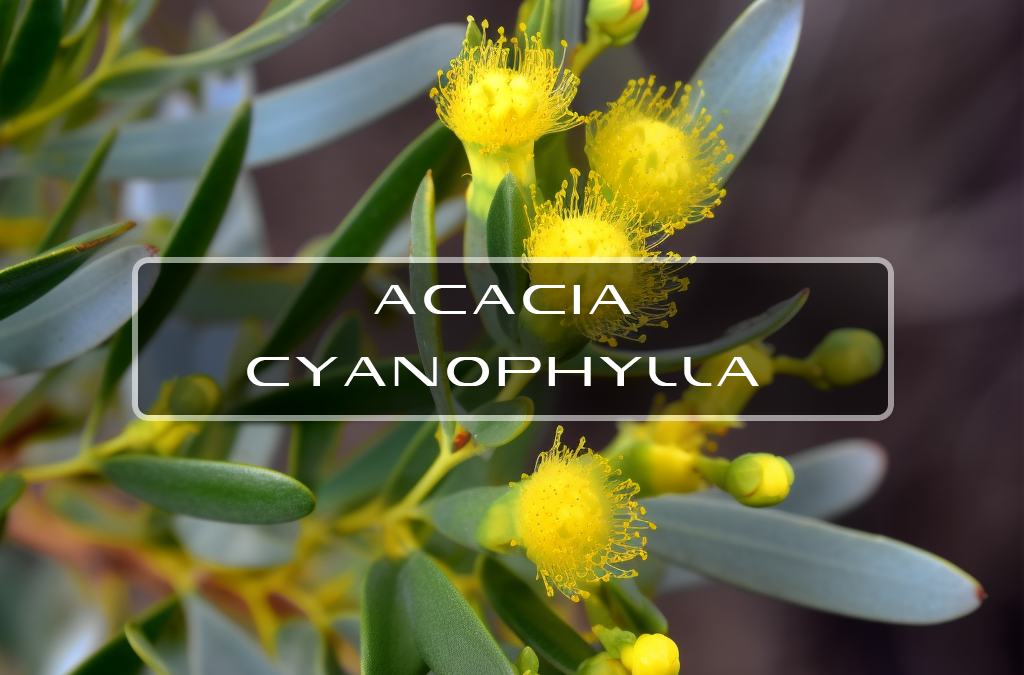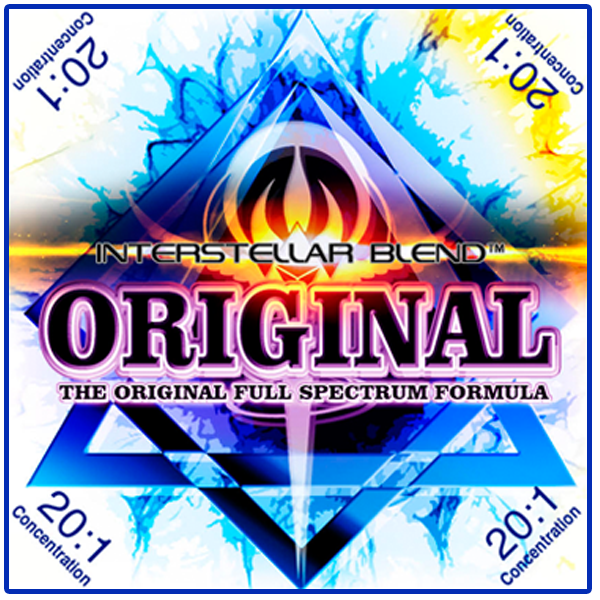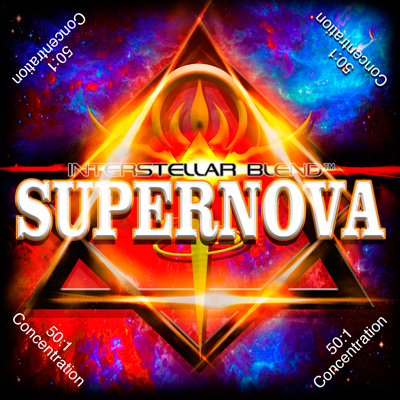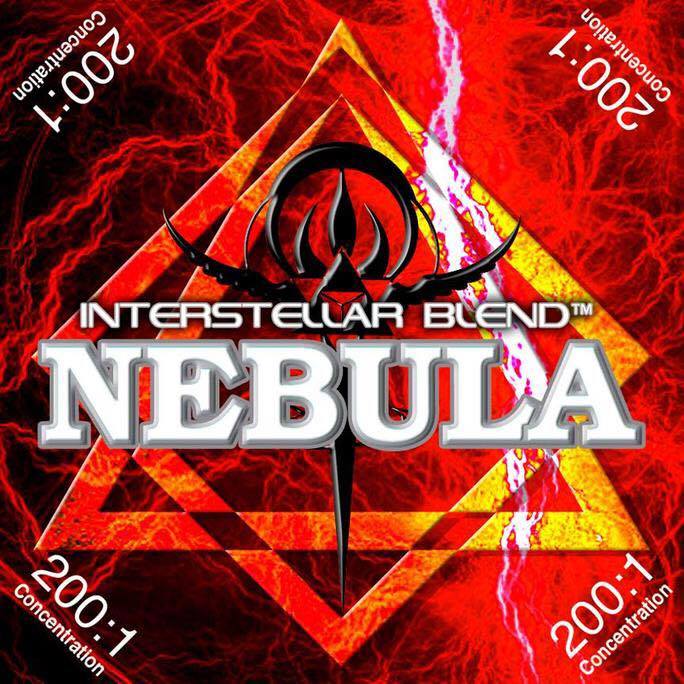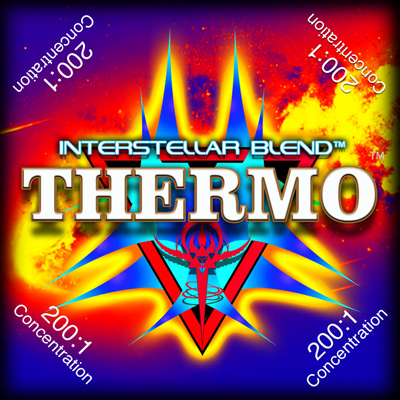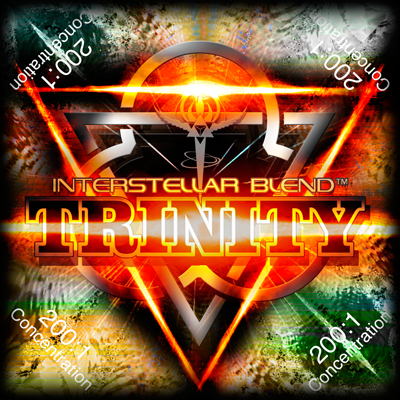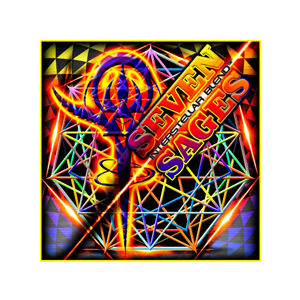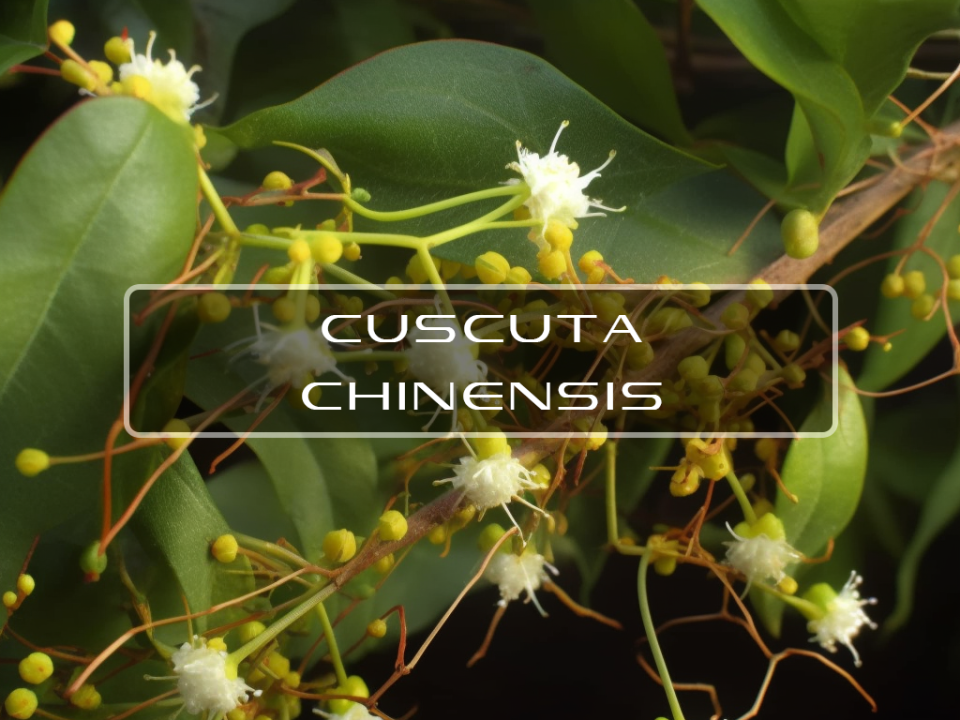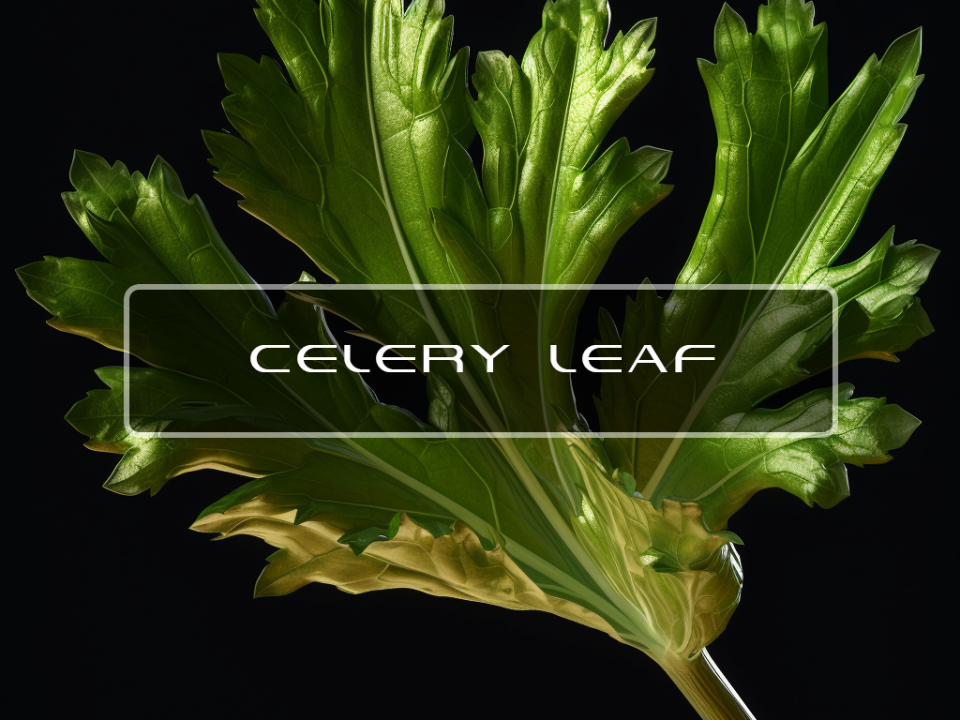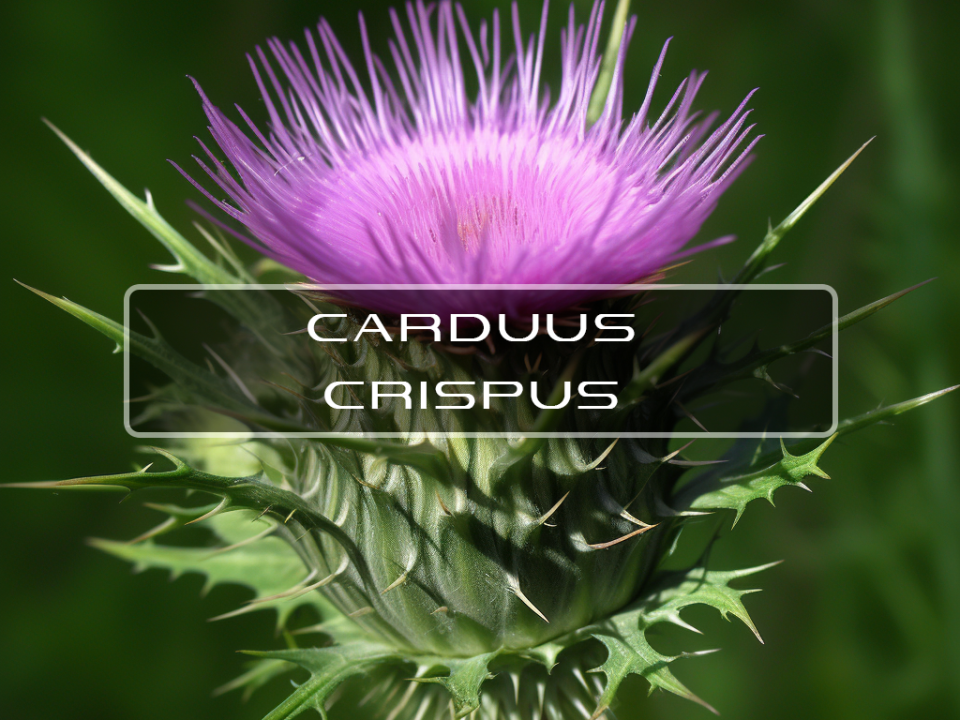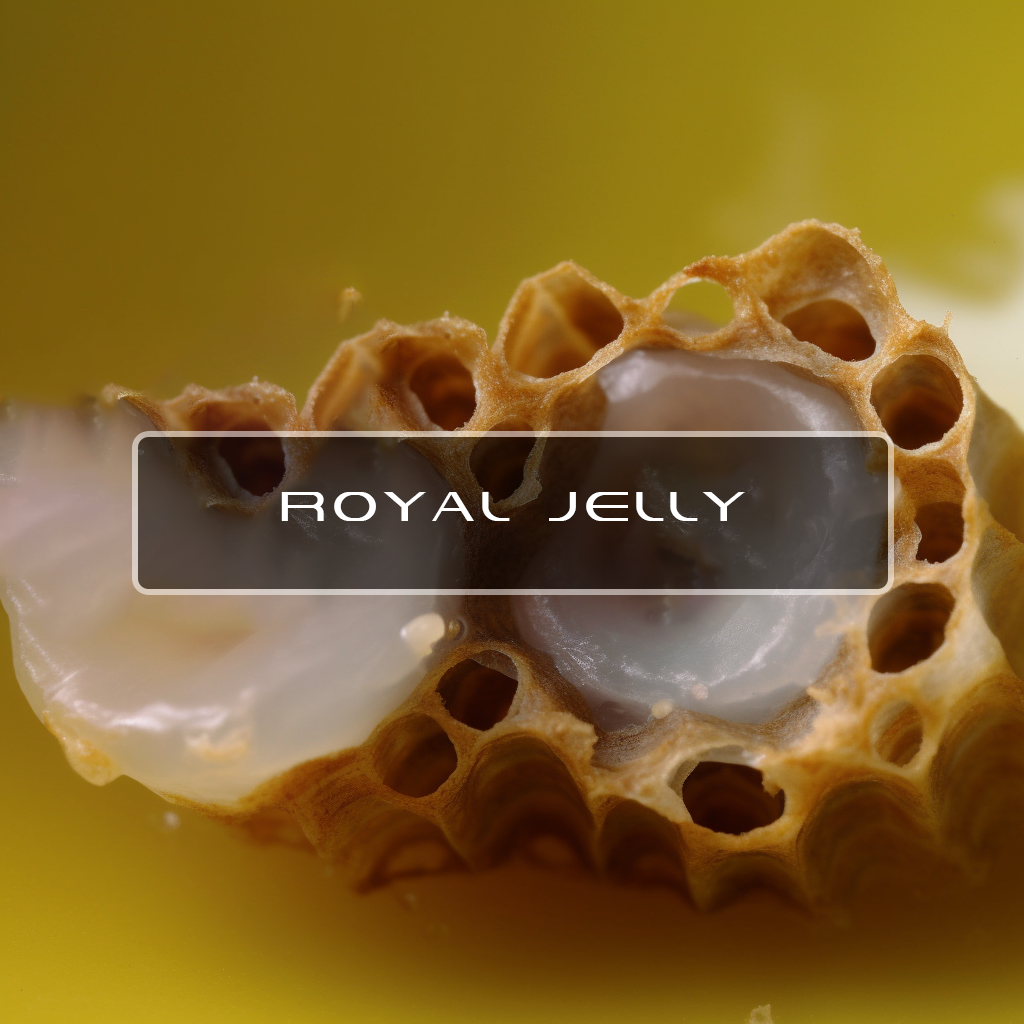
Royal Jelly
January 20, 2019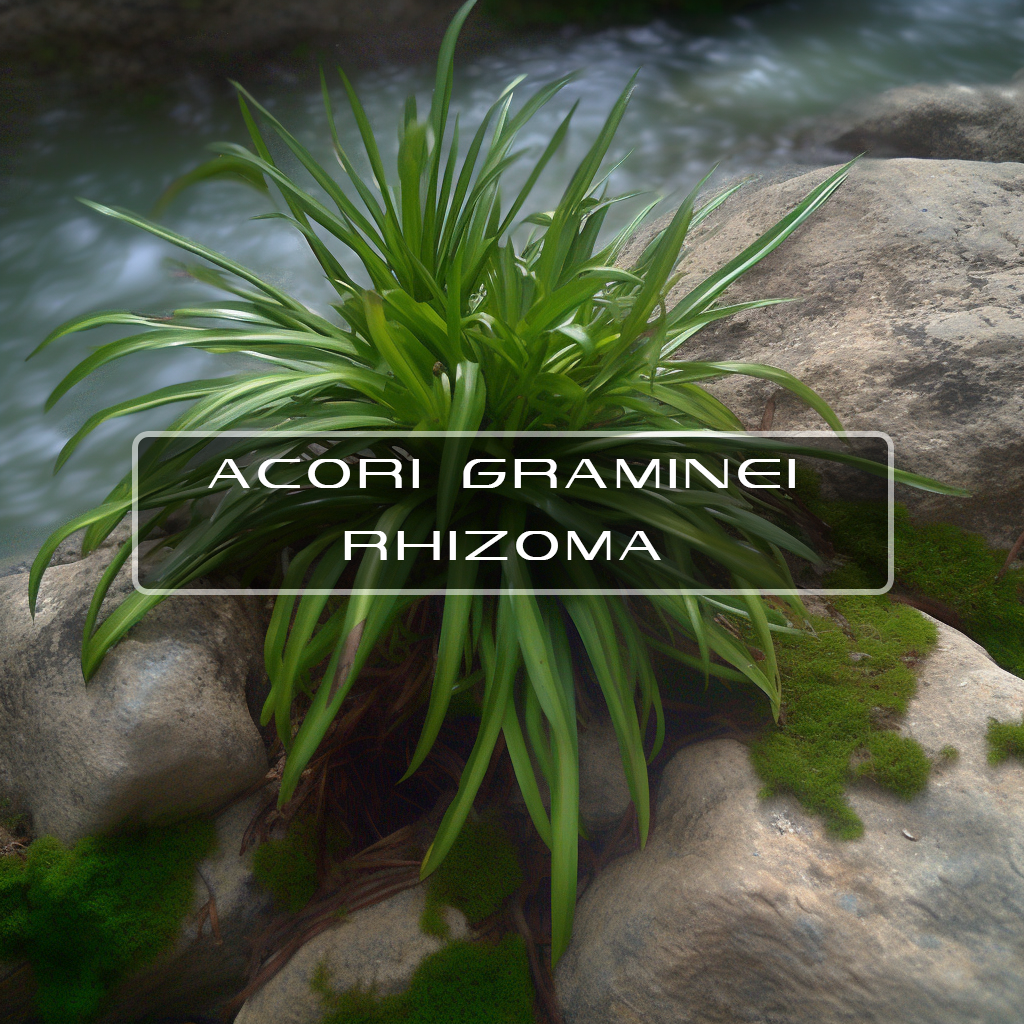
Acori Graminei Rhizoma
February 5, 2019Acacia Cyanophylla Flower
The Acacia Cyanophylla flower is commonly named Golden wreath wrattle or the orange wattle.

This tree can be found as far north as the river Murchison and as far east as the Israelite Bay.
The yellow flowers begin to appear in the early spring and later winter with groups clumping together of ten or more bright yellow round heads. There is a type of fruit that can be found called the legume which have a seed that is a dark black color.

Benefits of Acacia Cyanophylla Flower
Antioxidant - In the DPPH test, the EtOAc extract of
flowers exhibited the highest antioxidant effect (67.26 μg/mL).
The results demonstrated the important antioxidant and
anti-acetylcholinesterase activity of pure compounds and extracts from A. cyanophylla.
The significant correlations exist between extract concentrations and percentage scavenging activity of radicals in all models. Results clearly indicate that Acacia Pod is effective free radical scavenger and chain breaking antioxidant.
Present study showed that hydro alcoholic pod extract of AS is most effective antioxidant in various in vitro assay systems. AS has been reported to contain flavone, polyphenols, tannins, alkaloids and flavonoids, of these compounds, polyphenols, alkaloids and flavonoids are probably responsible for its free radical and reducing property observed in this study. As compared to previous reports, our study showed that Acacia pod HA exerted a potent effect when compared to pod-W.
Wound Healing – The Acaia has significant prohealing activity. The higher levels of alkaloids, flavonoids, glycosides and saponins noted in the bark extractscould be responsible for the medicinal properties of this plant. Secondary metabolites that serve as the defensive agents are produced under stressed condition by the plants. Wound healing activity of bark ethanolic extract were investigated by excision and incision wound healing models in Wistar male rats in comparison with reference standard Betadine.
Obesity - Gum Arabic (acacia) is a complex polysaccharide indigestible to both humans and animals. It has been considered as a safe dietary fiber by the United States, Food and Drug Administration (FDA) since the 1970s. Although its effects were extensively studied in animals, there is paucity of data regarding its quantified use in humans. This study was conducted to determine effects of regular Gum Arabic (GA) ingestion on body mass index and body fat percentage among healthy adult females.
Pre and post analysis among the study group showed significant reduction in BMI by 0.32 (95% CI: 0.17 to 0.47; P<0.0001) and body fat percentage by 2.18% (95% CI: 1.54 to 2.83; P<0.0001) following regular intake of 30 gm /day Gum Arabic for six weeks.
GA ingestion causes significant reduction in BMI and body fat percentage among healthy adult females. The effect could be exploited in the treatment of obesity.
Diabetes - Another study investigated the role of Acacia extract as a hypoglycemic, antihyperlipidemic, and antioxidant agent in streptozotocin-induced diabetic rats.
A significant decrease in levels of serum glucose, insulin resistance, TC, TG, LDL-C, MDA and a significant increase in HDL-C and Co-Q10 was observed in the treated diabetic groups when compared to the untreated diabetic group. The changes were dose dependent.
The results found in this study indicate that Acacia Arabica extract has hypoglycemic, hypolipidemic, and antioxidant properties, therefore, it can be investigated for its efficacy in the treatment of diabetes in humans.
Alzhemier’s Disease - Acacia honey
is a type of honey produced by bees (Apis mellifera) fed on Acacia flowers,
hence the name. This review focuses on the potential biological activities of
Acacia honey which includes quality, antioxidant, immuno-modulatory,
antiproliferative and neurological properties at in vitro and in vivo levels.
Based on our review, Acacia honey used from various researches is of high purity, contains some bioactive compounds ranging from vitamins, phenolics, flavonoids and fatty acids. It's highly nutritional with strong antioxidant and immuno-modulatory potentials which may therefore be considered a potential candidate for both cancer prevention and treatment. Neurologically, it may be considered as a viable therapeutic agent in the management of Alzheimer's disease.
Improve Performance - Two trials were conducted to test the hypotheses that (i) feeding small amount of a tanniniferous shrub foliage (Acacia) increases the proportion of rumen undegradable protein, and consequently benefits growth performance in Barbarine lamb; and (ii) such positive effect depends on the timing of feeding tannin source (i.e. acacia) relative to protein source (soya bean meal, SBM).
The results of this study support the hypothesis that acacia could be used advantageously to improve sheep performance provided that appropriate TT to protein ratio is respected and the sequential strategy is adopted.


